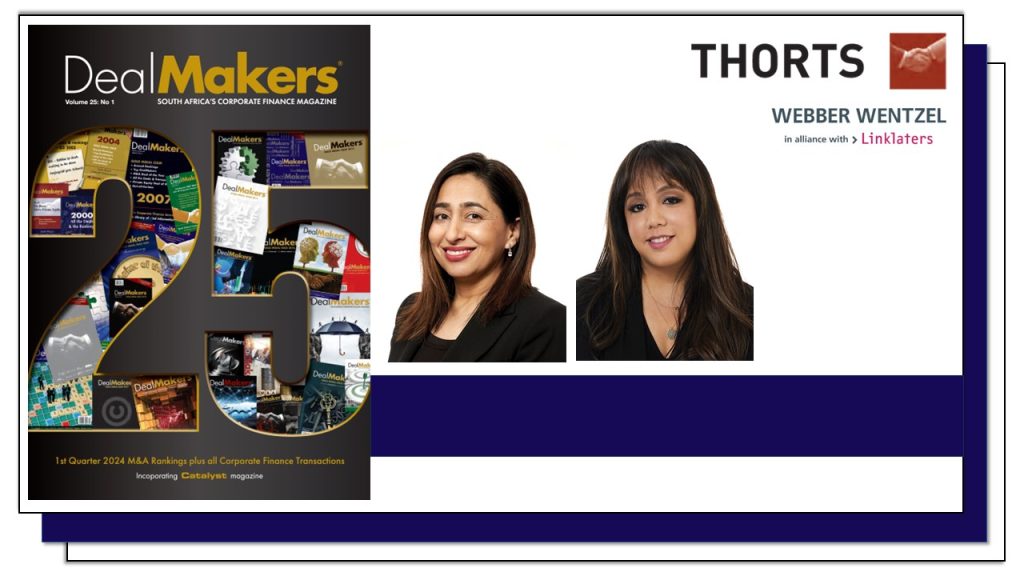Forget bidding wars and boardroom battles – the new frontier of mergers and acquisitions (M&A) is a data-driven battlefield. Success in today’s fast-paced market depends more on the smart use of legal technology and artificial intelligence (AI) than it does on having million-dollar muscles.
M&A has always been a high-stakes game, but the emergence of these new dealmakers is changing the game by turning tiresome due diligence procedures into opportunities to find hidden treasures and spot potential hazards. However, this is certainly not an attempt to replace legal experts. AI is becoming the ideal sidekick, allowing legal teams to put less effort into the details, and freeing them up to concentrate on what really counts – providing outstanding value, developing winning strategies, and assisting clients with unmatched accuracy and insight as they navigate the maze of intricate transactions.
Historically, M&A lawyers often found themselves balancing strategic thinking with time-consuming, process-driven work. Technology is changing that dynamic. By streamlining contract drafting and editing, accelerating document review, and centralising communication and transaction management, legal technology unlocks crucial lawyer time. This enables lawyers to focus on strategic considerations and value-adding activities like deal negotiation and structuring, opportunity identification, risk identification and mitigation, proactive issue resolution, and solution design.
AI and legal technology tools amplify the abilities of exceptional lawyers to achieve excellent client outcomes.
Consider the due diligence phase, which is a crucial information-gathering exercise in any deal. In the past, lawyers would spend countless hours manually reviewing contracts, financial statements, and other critical documents. Now, AI-powered tools can accelerate this process, enabling faster identification of potential risks, deviations, red flags, or missing information. AI may even surface potential deal synergies or hidden liabilities that might otherwise be missed. This frees legal teams to focus on analysing the discovered findings, rather than the raw data itself.
Beyond due diligence, secure collaboration portals streamline the M&A process. These portals enable lawyers to communicate and engage with clients and the other side for due diligence and contract negotiations, all from a central place. This secure exchange of documents and real-time communication enhances efficiency and transparency.
Smart drafting tools move beyond static templates, offering dynamic clause libraries that capture a firm’s accumulated knowledge and best practices. AI-powered drafting assistance enables lawyers to review and edit their drafts faster. Some tools can also analyse contracts to ensure consistency with the negotiated deal terms or playbooks, reducing risk and streamlining the overall process. By streamlining foundational work, lawyers can focus their deep experience and human judgment on the high-priority, complex and nuanced issues of greatest concern to their clients.
Centralised transaction management platforms serve as the mission control for deals, facilitating faster closings. Transaction dashboards offer at-a-glance views of deal progress, highlighting milestones and proactively surfacing potential bottlenecks. Dynamic closing checklists prevent critical steps from being overlooked, and integrated eSignature capabilities expedite the signing process. By keeping tasks organised and streamlined, lawyers regain precious time for strategic planning and decision-making. Beyond efficient execution, this focus on data transparency and workflow management can offer valuable post-deal analysis, aiding firms to refine future M&A processes.
The rise of technology in M&A is accelerating. Innovative legal technology not only enhances efficiency and accuracy, but also allows lawyers to offer more personalised and nuanced advice. By automating, analysing and collaborating more effectively, legal teams can leverage powerful tools to provide clients with the tailored, insightful and strategic guidance they expect in the dynamic and complex world of M&A. Those unwilling to adapt may find themselves outpaced, unable to compete with the enhanced value that technology enables.
Safiyya Patel is a Partner and Aalia Manie Head of Webber Wentzel Fusion | Webber Wentzel.

This article first appeared in DealMakers, SA’s quarterly M&A publication.
DealMakers is SA’s M&A publication.
www.dealmakerssouthafrica.com



